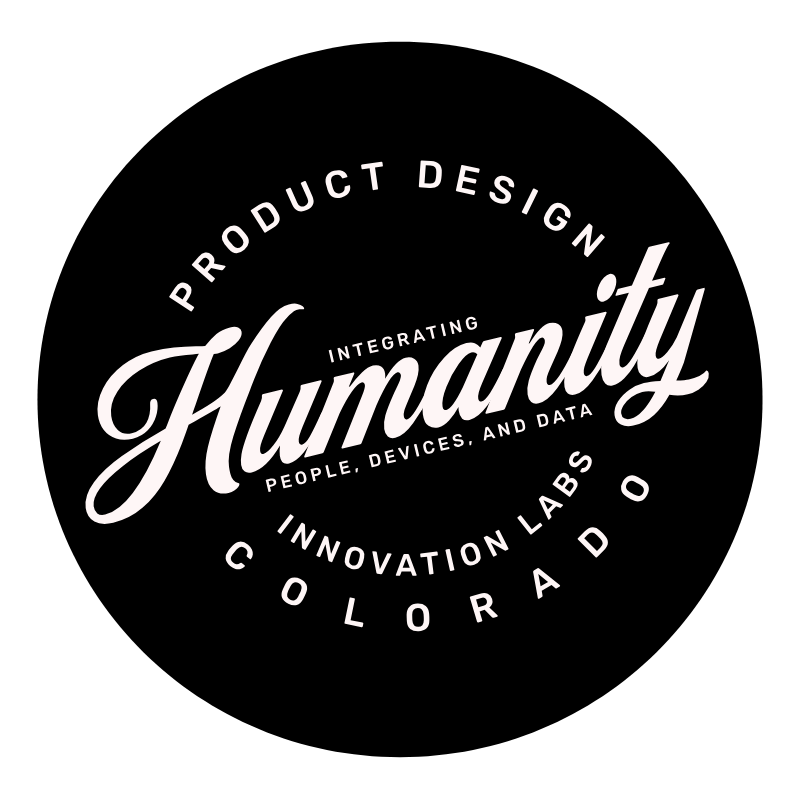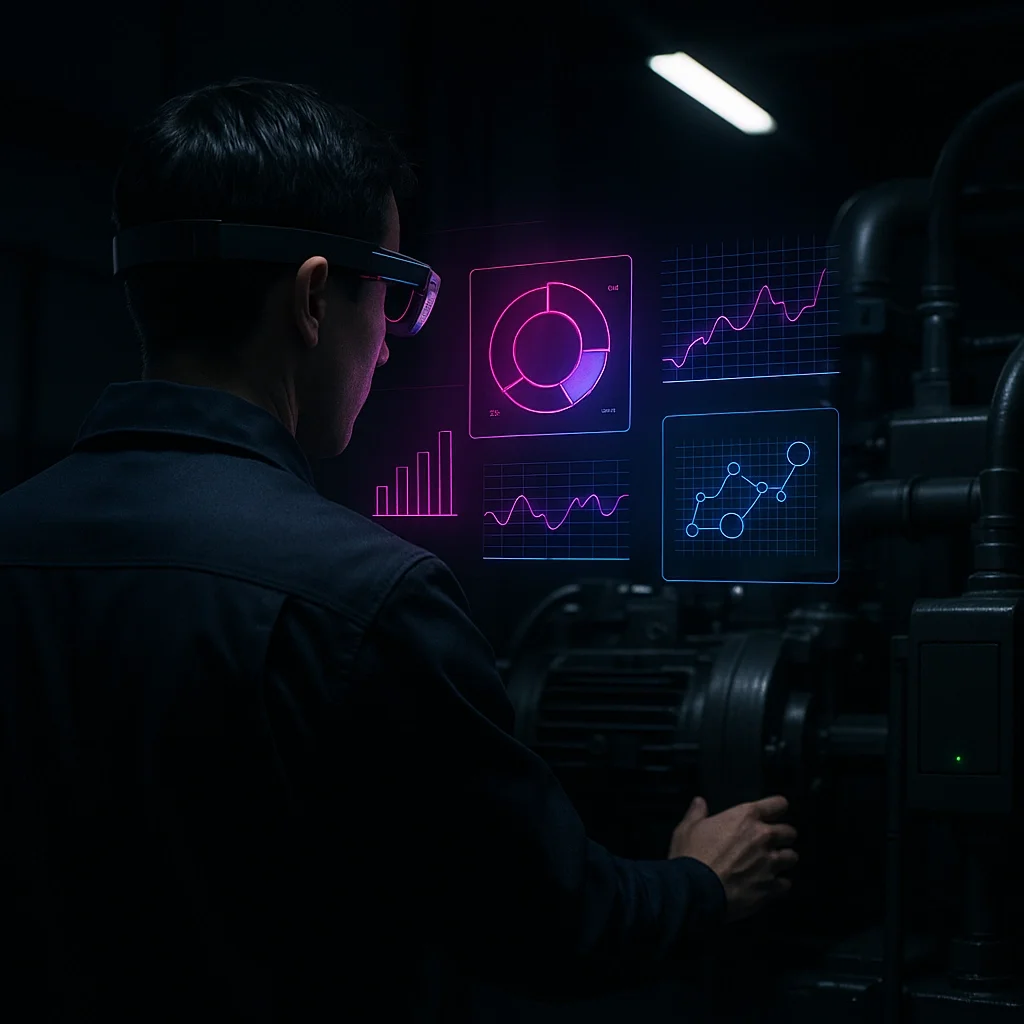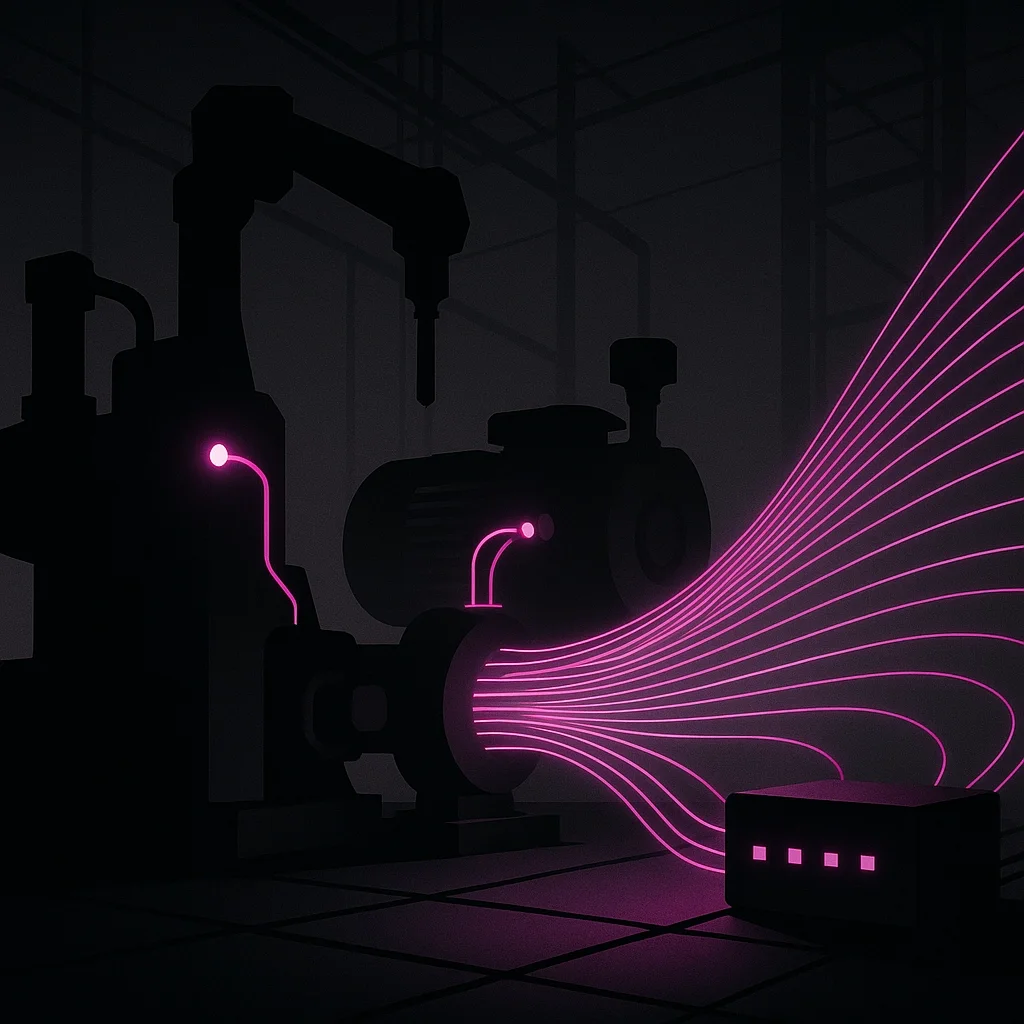Beyond Guesswork: How Deep User Research Drives Smarter Industrial Products
The Hidden Cost of Assumptions in Industrial Innovation
Consider the factory floor of a leading automotive parts supplier. After installing a $1.2 million IoT monitoring system, management expected improved efficiency and tighter quality control. Instead, six months later, operators were bypassing the system entirely — reverting to handwritten tracking sheets and workarounds that had been refined over decades.
What went wrong? The new touchscreen dashboards looked sleek in the design review but failed in practice. Workers couldn’t use them while wearing mandated safety gloves, and the information displayed didn’t match the metrics that floor managers rely on for split-second decisions.
This story isn’t unique — it’s a cautionary reality for any industrial organization chasing digital transformation. While IoT and Edge solutions promise breakthroughs in productivity, safety, and uptime, they often collide with the deep, unwritten knowledge and complex workflows that keep factories and infrastructure running day after day.
Why Industrial Settings Need Research That Goes Deeper
Industrial environments present challenges that can’t be solved by guesswork or surface-level user testing. Unlike consumer tech, where a clunky interface means a lost sale, poor design in industrial systems can mean production shutdowns, safety incidents, or millions in unexpected costs.
Key realities set these environments apart:
Harsh physical conditions — vibration, dust, heat, noise — all shape how tools are used and maintained.
Legacy equipment and infrastructure — many systems must bridge decades-old machinery and new digital platforms.
Skilled workforces with tribal knowledge — invaluable expertise that lives in operators’ heads, not in manuals.
Strict regulatory constraints — designs must balance usability with rigorous compliance.
Safety-critical tasks — failures are simply too costly to ignore.
As industrial UX researcher Marcus Chen puts it, “If you don’t study how real people actually work in these environments, your technology will fail — no matter how advanced it is.”
What Effective Industrial User Research Looks Like
So what works? Deep, embedded user research that moves beyond interviews and focus groups to meet people where they do the work.
1. Contextual Inquiry on the Floor
Teams must observe operators on the line, in the field, or behind the controls:
Shadowing multiple shifts to capture real operational rhythms.
Mapping physical constraints: gloves, protective gear, limited visibility.
Identifying informal workarounds that reveal gaps between procedures and reality.
At Humanity Innovation Labs™, our researchers spend 3–5 days onsite before proposing any design — because critical insights rarely appear in boardroom slides or spec sheets.
2. Cross-Functional Research, Not Silos
Industrial solutions span operations, IT, maintenance, compliance, and management — each with conflicting priorities. Rigorous research brings these voices together:
Workshops that surface hidden conflicts and competing goals.
Role-playing so engineers experience the constraints of the factory floor.
Journey mapping across teams to spot friction points at every handoff.
3. Real-World Prototype Testing
In these contexts, clickable wireframes are not enough. You need:
Stress tests that mimic harsh conditions.
Long-duration usability testing to surface fatigue and human error.
Failure scenario simulations to see how systems degrade under stress.
As one senior industrial designer notes, “We discovered one dashboard worked great in a half-hour demo but failed operators working eight-hour shifts in harsh lighting conditions. That’s why you test for reality, not perfection.”
The Payoff: Research That Moves the Needle
When deep research shapes design, results speak for themselves:
Higher Adoption Rates — Research-led IoT rollouts often reach 85–90% user adoption, compared to the 60–70% failure rates industry still sees when assumptions guide development.
Lower Maintenance Costs — Research clarifies which data matters. One power generation client cut unplanned downtime by 47% by redesigning dashboards to present vibration data as clear alerts, not noise.
Better Safety & Compliance — A mining operation eliminated costly reporting errors by adjusting tablet interfaces for dust and glare conditions uncovered during field observations.
Faster Training, Fewer Errors — When new systems mirror workers’ mental models, onboarding shrinks from weeks to days — and error rates drop dramatically.
How to Make It Happen
1. Start Sooner Than You Think
The best results come when user research guides the RFP — not when it’s an afterthought. Strong early insights shape vendor selection, success metrics, and design priorities.
2. Integrate Research, Design & Development
Top-performing teams don’t hand off research once and forget it. They build cross-functional squads: researchers, designers, engineers, and data scientists working in tight loops with the people who use — and rely on — the tech.
3. Make Research an Ongoing Capability
The best industrial innovators embed user research long-term:
Resident researchers on the factory floor.
Operator feedback programs that surface new ideas.
Insight libraries that preserve tribal knowledge for the next generation.
The Research Edge
Industrial innovation is no longer just about sensors and connectivity — it’s about people. Those who understand the realities of skilled workers, legacy equipment, and daily constraints are the ones whose IoT and Edge solutions succeed.
At Humanity Innovation Labs™, we know how to turn that deep understanding into products that work — because they’re designed for the people who actually use them.
Want to build industrial tech that works for your systems — and your people?
Connect with us today to learn how deep user research can unlock smarter solutions for your factory floor, field teams, and operations.




